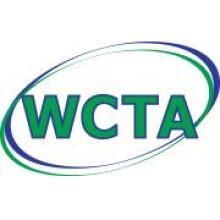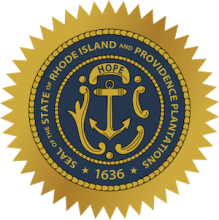Iowa Knows Co-op Connectivity
Once again we return to Iowa to learn about community networks and high-speed connectivity. Home to municipal networks such as in Cedar Falls, Lenox, and Harlan, Iowa also grows publicly owned networks of a different kind - cooperatives’ networks. The Winnebago Cooperative Telecom Association (WCTA) provides next-generation connectivity to rural areas, and is now upgrading infrastructure in its service area. WCTA uses Fiber-to-the-Home (FTTH) technology to provide Internet access of 100 Megabits per second (Mbps).
Small Towns and Cities To Get An Upgrade
WCTA is now installing fiber in Forest City, home to about 4,000 people and the county seat of Winnebago County.
WCTA General Manager Mark Thoma told the Globe Gazette’s Forest City Summit newspaper, “We have to work closely with the city. Kudos to the city crew for locating (all the utilities). It’s been going very well.”
WCTA intends to install their fiber underground in Forest City and the municipal utilities department is facilitating the cooperative’s efforts by locating current utilities infrastructure. Collaborating will enable WCTA to bury their fiber without disrupting other services.
This upgrade to fiber will replace the copper lines towns served by WCTA, where members still use DSL. Customers in rural areas received an upgrade to FTTH several years ago.
Rural Areas First
In 2011, WCTA received $19.6 million American Recovery and Reinvestment (ARRA) award for a fiber broadband project in rural areas throughout its service territory. Half of the money was a grant, and the other half was a loan.
While finishing the fiber builds in these rural areas in 2015, WCTA automatically bumped up the speeds of all rural members. Previous top speeds of 15 Mbps jumped up to 100 Mbps via FTTH but the $65 per month subscription rate stayed the same. WCTA's fiber network speeds are symmetrical, so upload and download speeds are the same.
Cooperatives Have Annual Meetings



